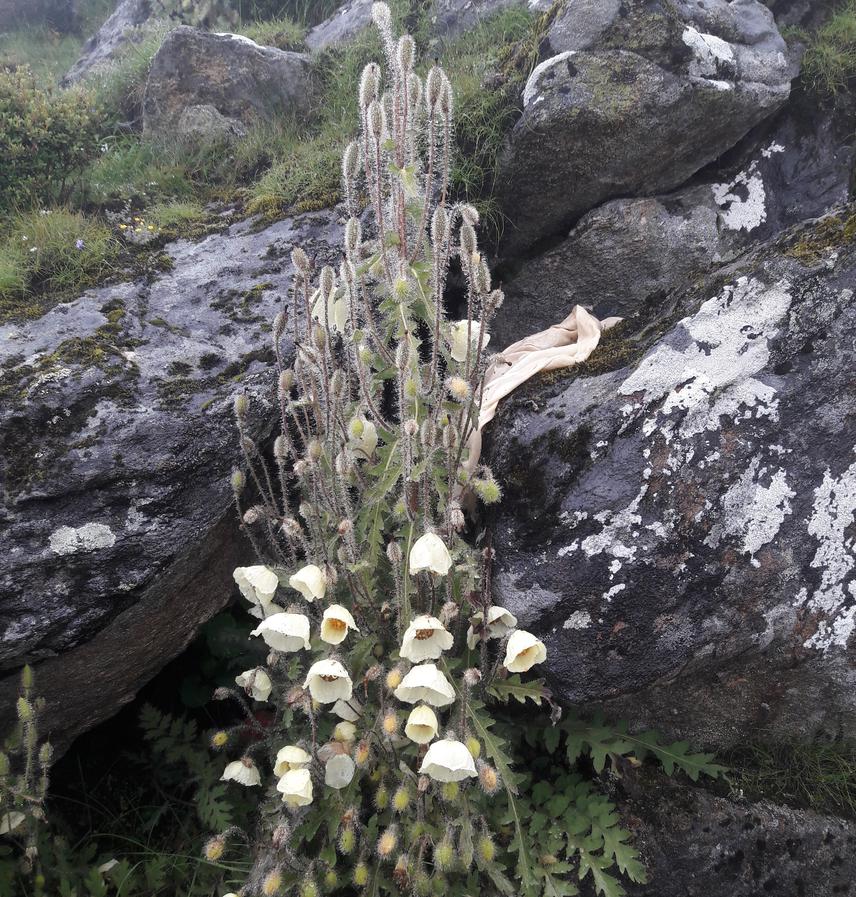Article featuring the project.
Mukti Ram Poudeyal
Assessment of demographic key factors, sustainability of extraction and management of Neopicrorhiza scrophulariiflora and Meconopsis napaulensis across a continuum of ecological conditions and harvesting regimes; 2. Development of a model of management sustainability that reconciles ecological, socio-cultural and economic values.

Sustainable extraction of medicinal plants (MPs) from the natural environment is globally considered as a vital tool for the improvement of rural economies. But at the moment, along with high market demand and increased prices of these MPs, unsustainable harvesting is posing a serious threat to the stability of ecologically important habitats. Therefore, harvesting sustainability of threatened MPs is not only essential for the habitat conservation but also for the socio-economic welfare of the rural communities. Hence, this project aims to identify sustainable management model that reconciles ecological and socio-economic values of selected MPs: Neopicrorhiza scrophulariiflora and Meconopsis napaulensis in Himalaya Nepal.
The study will be conducted in two sites: Langtang National Park (LNP) and Api-Nampa Conservation Area (ANCA) in north-central and -western Nepal. LNP is a relatively undisturbed protected area (legally prohibited for commercial harvesting), whereas sustainable harvest of MPs are legally permitted in ANCA. The project will carry out intensive fieldwork that encompasses socio-economic survey with stakeholders and locals, and ecological survey of plant populations. The socio-economic survey includes meetings and interviews with stakeholders, local leaders, herbal healers, harvesters, traders, livestock herders, and elderly people. Meetings and interviews will generate the information related to plant use, availability, harvest and contribution to the household income through open-ended semi-structured and unstructured questionnaires.
The ecological plot will be designed by using stratified random sampling. A sample plot with a size of 3×3 m and 10×10 m will be established for Neopicrorhiza scrophulariiflora and Meconopsis napaulensis, respectively. The individual plot for former species will be further divided into nine square subplots (1×1 m) and among these; five subplots will be systematically selected for detail assessment. Similarly, for later species, all plots in each population will be divided into four subplots of 5×5 m and all subplots will be assigned for detail measurement. The permanent plots will be monitored in successive years (2017-2018) to find changes in population structure, density, estimation of survival and mortality.
Stage-based population projection matrix models will be used to calculate the demographic variation. The analysis will be used to identify suitable harvesting management strategy that maximizes a combination of harvest output and similarity of initial and future steady state population structure. Further, transfer of this knowledge to the locals/harvesters will ultimately enhance the local socio-economic harmony and have the long term implications for sustainable utilization and conservation of these MPs in Nepal.